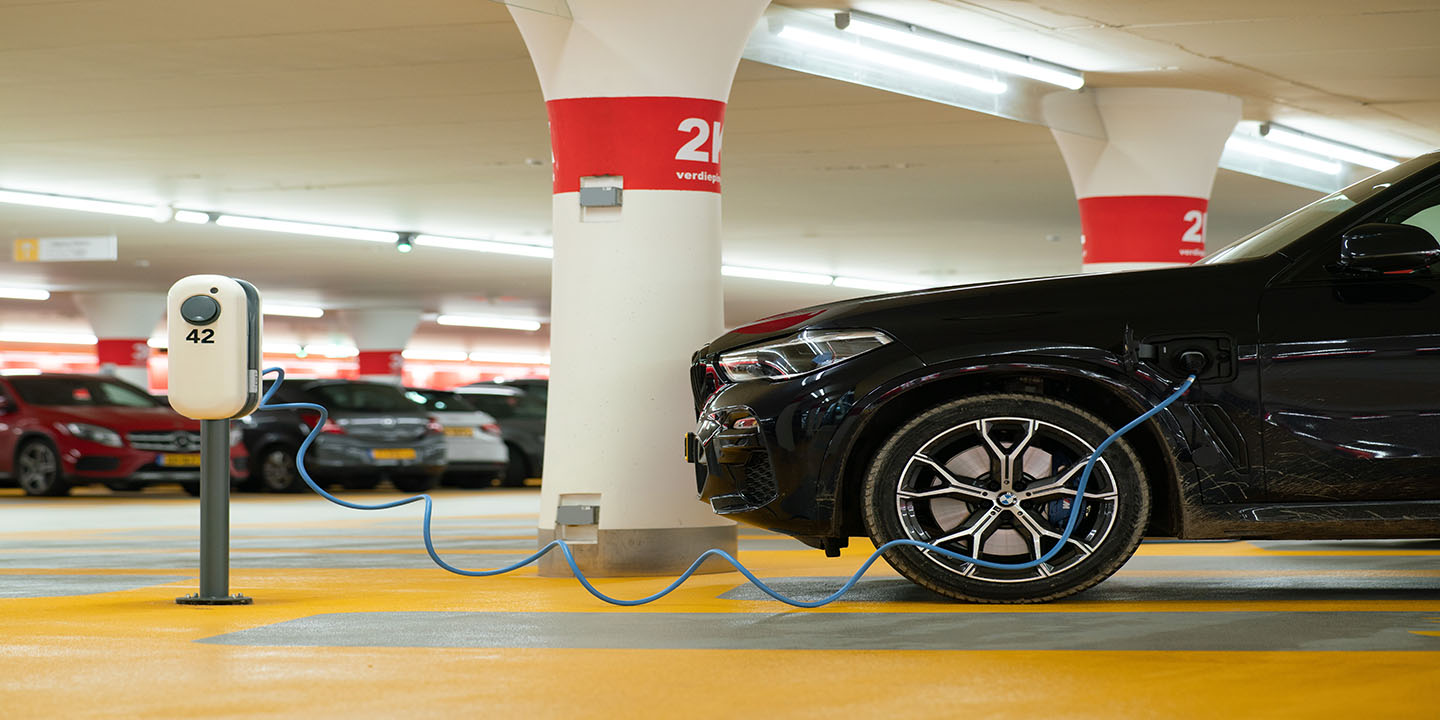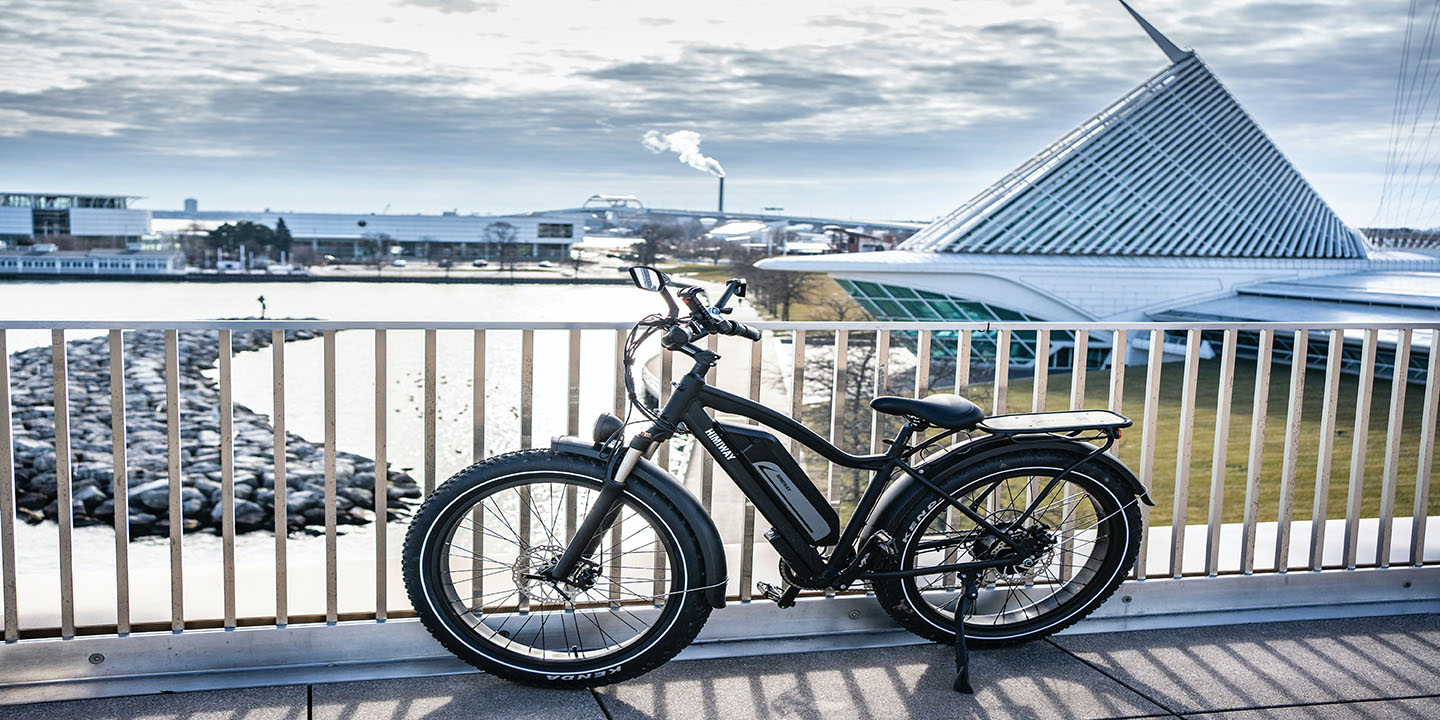Have You Driven In These Countries?
Our world's roads tell fascinating stories about cultural attitudes, infrastructure priorities, and driver education. Some nations excel at producing careful, skilled motorists while others... Well, let's just say defensive driving takes on a whole new meaning there. So, here is a list of countries with reportedly the worst and best drivers.
 Photographer Frederik Trovatten on Unsplash
Photographer Frederik Trovatten on Unsplash
1. Liberia
Liberia reports low levels of driver education and licensing, with only about 38% of drivers having a license. Among motorcyclists, over 70% lack a permit. Besides, it is said that a majority of road users are unaware of speed limits, drunk driving limits, and seatbelt laws.
 Erik (HASH) Hershman on Wikimedia
Erik (HASH) Hershman on Wikimedia
2. Thailand
Thailand's roads claim several lives annually. And guess what? Alcohol plays a significant role in this, contributing to increased weekend death rates. During major holidays like Songkran, the fatality count also spikes as enforcement struggles to manage the notorious “Seven Dangerous Days.”
3. Dominican Republic
Here, intersections frequently become free-for-alls where traffic signals are treated as mere suggestions. Some vehicles, unfortunately, lack proper insurance coverage. Studies and reports from INTRANT and the World Health Organization emphasize the need for improved enforcement of traffic laws, better road user behavior, and enhanced infrastructure.
4. India
Witnessing India's traffic means encountering a place where several people die annually in road accidents. Lane discipline remains virtually nonexistent as vehicles weave unpredictably through congested streets. The country's diverse mix of transportation creates unique hazards, while driver's license acquisition often involves bribes.
 Aleksandr Zykov from Russia on Wikimedia
Aleksandr Zykov from Russia on Wikimedia
5. Zimbabwe
Deteriorating road conditions amplify Zimbabwe's traffic dangers. The Zimbabwe Traffic Safety Council documented a low driver compliance rate for basic traffic rules in urban centers. Economic hardships have led to inadequate vehicle maintenance, while corrupt officials allow unsafe vehicles to operate.
6. Malaysia
The Malaysian Institute of Road Safety Research reports that reckless overtaking causes fatal accidents nationwide. Weather conditions frequently create hazards, as tropical downpours can reduce visibility to near zero within seconds. Aggressive driving behaviors have also become culturally normalized despite government campaigns.
7. South Africa
Road fatality statistics in South Africa reveal a grim reality: alcohol contributes to a significant number of traffic deaths nationally. Mini-bus taxis, which transport millions daily, are notorious for aggressive driving and mechanical problems. The "Big Five" driving offenses are said to cause the majority of accidents in this country.
 Andres de WetOriginal uploader was Andresdewet at en.wikipedia on Wikimedia
Andres de WetOriginal uploader was Andresdewet at en.wikipedia on Wikimedia
8. Bolivia
Mountain routes see more violations of safe following distance than global averages. Moreover, many drivers operate without proper training on the roads. A great portion of Bolivian traffic accidents are attributed to driver error and non-compliance with basic traffic rules.
9. Peru
Peru's challenging geography combines with lax enforcement to form perilous driving conditions. Mountain roads often lack shoulders or barriers along steep drops. The Peruvian National Police reported that improper passing maneuvers have been causing several highway fatalities.
 Alexander Cruzado Abanto on Pexels
Alexander Cruzado Abanto on Pexels
10. Russia
Dash cam footage from Russia has achieved viral fame online, showcasing the country's chaotic driving culture and frequent accidents. Russia's State Traffic Safety Inspectorate documented 173,000 accidents caused by driver violations in 2022 alone. Some Russian drivers even regularly exceed speed limits.
So, think twice before you plan a road trip to any of the above countries. Thankfully, there are some places where individuals actually know what they're doing behind the wheel and why it’s right.
1. Japan
Why does Japan rank high on the good drivers list? You require a minimum of 31 to 34 hours of professional driving training before getting a license here. It includes both practical lessons and classroom lectures. There are multiple stages of training and testing, with a strong emphasis on real-world preparation.
2. Netherlands
The "sustainable safety" philosophy is woven into Dutch driver education. Cyclists, in particular, enjoy consistent respect on the roads as drivers prioritize their safety. It’s also proven in the European Transport Safety Council's findings, which show high compliance with cycling infrastructure rules. Dutch drivers also lead Europe in maintaining safe following distances.
3. Norway
Norwegian motorists demonstrate exceptional control during hazardous conditions. The Public Roads Administration reports a 97% seatbelt usage rate across all regions. Nordic Traffic Safety Research's 2022 study also identified Norwegian drivers as having the highest compliance with school zone speed limits globally.
 Pudelek (Marcin Szala) on Wikimedia
Pudelek (Marcin Szala) on Wikimedia
4. Estonia
Estonia is recognized for strong road safety management and effective enforcement due to its high-tech traffic monitoring system. Additionally, Estonia ranks well in EU road safety statistics and has seen huge reductions in fatalities among vulnerable road users. Pedestrian fatalities are also notably low.
5. Sweden
"Vision Zero" has profoundly influenced Swedish driving culture, creating deeply ingrained safety consciousness among motorists. Swedish Transport Agency statistics highlight a 97% compliance rate with child safety seat regulations. These individuals also exhibit low rates of road rage incidents and confrontational driving tactics.
6. Cyprus
Merging behavior during congested conditions reaches great levels in Cyprus. Despite mountain roads and tourist-heavy areas, most of the drivers pass periodic knowledge retests without errors. Local drivers hold exceptional patience and defensive techniques that reduce collision potential.
7. New Zealand
A University of Waikato thesis (2021) found that improved hazard perception skills in New Zealand drivers are associated with safer speed choices and that training can improve these skills. NZTA research and reports also indicate that compliance with reduced speed limits on New Zealand’s rural roads is "quite good.”
8. Australia
Australia’s road safety strategies prioritize the protection of vulnerable road users, including pedestrians, cyclists, motorcyclists, and children. They promote a culture of shared responsibility and defensive driving. As a result, Australian drivers have been noted to maintain a reasonable rate of proper stopping at pedestrian crossings.
9. Germany
As per the Federal Highway Research Institute, lane discipline reaches unparalleled levels on German roads despite sections with unlimited speeds. The country has a top-notch driver education system. With required professional lessons and tough tests, Germany gives rise to genuinely skilled drivers.
10. Finland
Around 90% of Finnish drivers comply with seasonal tire regulations, according to the Transport Safety Agency. Plus, since 1990, Finland’s driver licensing process has included compulsory skid control (slippery road) training. This is a unique and integral part of Finnish driver education.





















